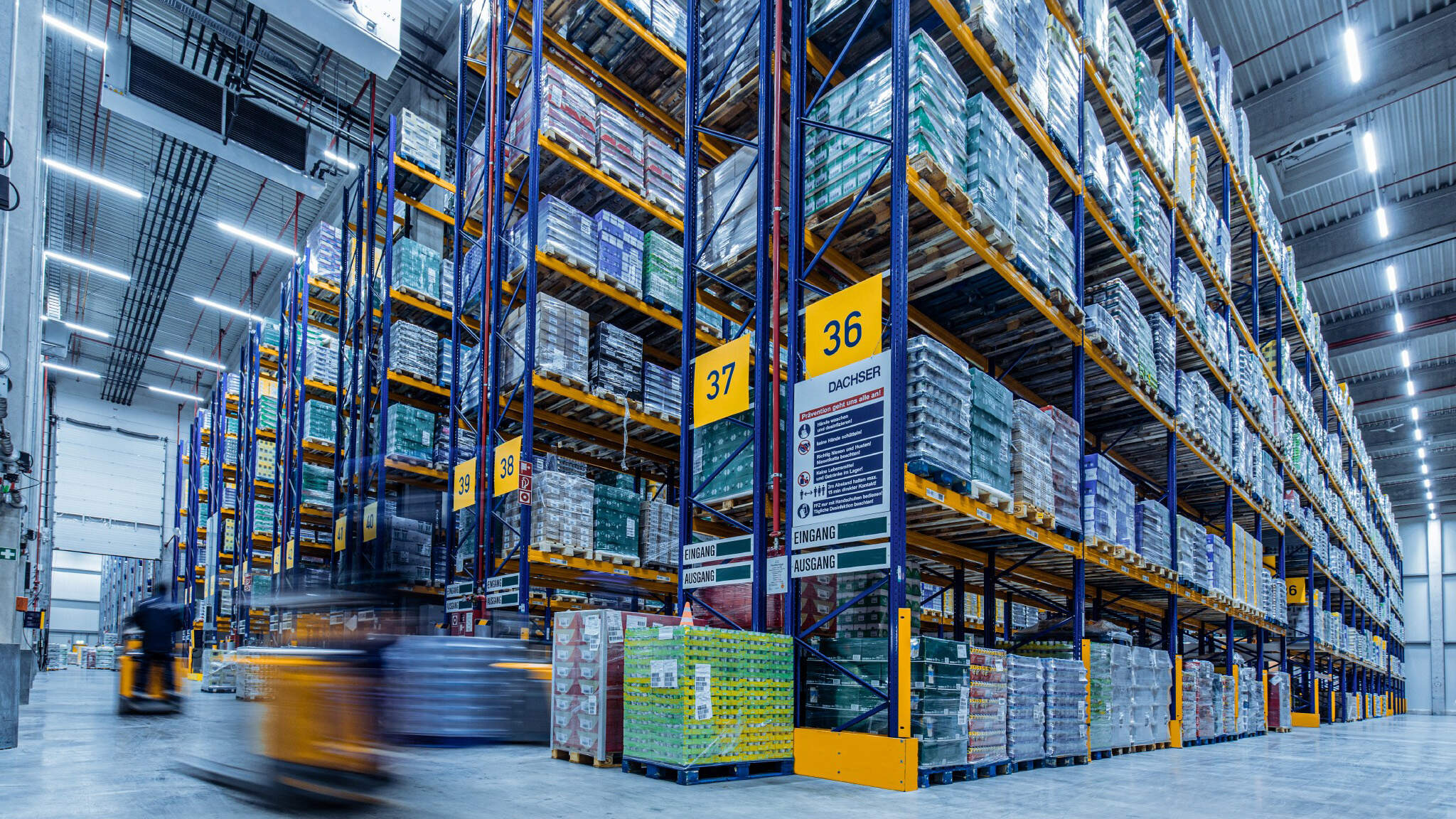Ready to turn insight into action?
We help organisations transform ideas into measurable results with strategies that work in the real world. Let’s talk about how we can solve your most complex supply chain challenges.

Fuel Resilience in Australia & New Zealand: Mapping the Fuel Storage and Distribution Network
In recent years, the concept of fuel resilience has moved from a niche policy discussion to a pressing national issue. For governments, industry, and critical infrastructure operators across Australia and Aotearoa New Zealand, the ability to maintain access to liquid fuels—under stress or disruption—is no longer a luxury but a necessity.
This article explores the state of fuel resilience across both countries, the structure of storage and distribution networks, key vulnerabilities, and how organisations can strengthen their preparedness. It also outlines how Trace Consultants can support mapping and resilience strategy development through deep supply chain and infrastructure expertise.
What Is Fuel Resilience — and Why It Matters
Fuel resilience refers to the capacity of a system to maintain reliable supply of fuel during disruptions such as supply chain shocks, natural disasters, or geopolitical events. It relies on redundancy, diversity of sources, buffer capacity, and rapid recovery capabilities.
For Australia and New Zealand, fuel resilience is critical for:
- National security and defence operations, which depend on consistent fuel supply.
- Transport, logistics, and supply chains, including aviation, shipping, and long-haul freight.
- Critical services such as hospitals, aged care, and emergency operations that rely on diesel for backup power.
- Regional and remote communities in mining and agriculture that face limited supply options.
Without adequate resilience, fuel disruptions quickly cascade into shortages, supply chain breakdowns, and economic instability.
Policy and Regulatory Landscape
Australia: Policy Instruments and Gaps
Australia has taken significant steps to strengthen its fuel security:
- The Fuel Security Act 2021 created the framework for minimum stockholding obligations and emergency reserves.
- The Boosting Australia’s Diesel Storage Program co-funds new diesel storage facilities to increase national capacity.
- The Fuel Security Services Payment supports the operation of Australia’s remaining refineries, acknowledging their strategic importance.
- Refinery upgrade programs are underway to meet lower-sulphur fuel standards and modernise local capacity.
However, several vulnerabilities remain:
- Australia still holds only around 20–25 days’ worth of diesel, well below the 90-day standard held by many OECD countries.
- Some emergency reserves are offshore, making them slower to access in a crisis.
- Certain regional corridors, particularly in Northern Australia, have single points of failure where a road or terminal outage could isolate large areas.
Defence is responding with a long-term Fuel Transformation Program, remediating and upgrading fuel storage sites across its bases to improve security and redundancy.
New Zealand: Vulnerability and Emerging Reform
New Zealand faces unique challenges after the 2022 closure of the Marsden Point oil refinery. The country now relies entirely on imported refined fuels, exposing it to global market and shipping risks.
The Ministry of Business, Innovation and Employment (MBIE) has led a Fuel Security Study and drafted a Fuel Security Plan, recommending:
- Minimum onshore stockholding obligations for fuel wholesalers (e.g. 28 days of diesel).
- Improved infrastructure resilience and emergency response planning.
- Greater transparency across supply and demand data.
While these initiatives represent progress, stakeholders continue to call for a stronger national framework with more robust redundancy and long-term diversification.
Understanding the Fuel Storage and Distribution Network
Fuel networks are complex systems comprising import, storage, and distribution assets. Understanding their structure is essential for identifying resilience gaps.
Key components include:
- Import Terminals: Wharf and port facilities that receive refined fuels from overseas.
- Bulk Storage Terminals: Large tank farms where fuels are stored before distribution.
- Pipelines and Trunk Lines: High-capacity transport routes moving fuels between terminals.
- Regional Depots: Localised storage sites feeding regional and remote demand.
- Distribution Logistics: Road, rail, and barge transport networks that deliver to end users.
- Retail and End-Use Sites: Service stations, aviation refuelling, mining operations, and emergency facilities.
- Monitoring and Control Systems: Telemetry, SCADA, and digital twin tools providing visibility of flows and stocks.
Effective resilience mapping requires overlaying these networks with demand zones, environmental risks, and transport infrastructure to highlight chokepoints and redundancy gaps.
Challenges and Risks Across the Network
- Low Storage Buffers: Both countries maintain limited domestic stock—leaving little cushion during disruptions.
- Import Dependence: With most refined fuels imported, global shipping delays or geopolitical tensions create systemic risk.
- Concentrated Terminals: Many regions depend on a small number of terminals or depots, creating potential single points of failure.
- Infrastructure Vulnerability: Flooding, bushfires, or cyclones can isolate fuel corridors or damage storage facilities.
- Data Fragmentation: Incomplete or inconsistent fuel stock data hinders early warning and contingency planning.
- Transition Complexity: The energy transition toward hydrogen, biofuels, and EVs will reshape demand and infrastructure needs.
- Commercial Misalignment: Private operators often lack incentives to over-invest in redundancy without policy support.
Building a Resilient Fuel Network
Creating fuel resilience requires coordinated planning, policy alignment, and technological enablement. Key principles include:
- Distributed Storage: Avoid over-reliance on a few large sites—build smaller, regionally balanced buffers.
- Alternative Routes: Ensure multi-modal redundancy through pipelines, rail, and road corridors.
- Deployable Reserves: Establish mobile tank solutions for emergency distribution.
- Digital Mapping: Maintain live GIS databases of storage, flows, and hazards.
- Scenario Planning: Regularly stress-test network performance under outage conditions.
- Policy Alignment: Embed resilience requirements in regulation and infrastructure planning.
- Future Fuel Readiness: Enable transition to sustainable fuels and integrate EV charging and hydrogen capability.
How Trace Consultants Can Help
Fuel resilience requires multidisciplinary expertise—geospatial analysis, supply chain design, operations planning, and risk modelling. Trace Consultants brings this capability together.
1. Geospatial Mapping and Asset Cataloguing
We create detailed GIS maps of fuel networks, cataloguing terminals, pipelines, depots, and transport corridors. These are layered with hazard data and demand projections to identify vulnerabilities and prioritise investments.
2. Capacity and Demand Modelling
Using historical and forecast data, we model network capacity, flow rates, and demand variability—highlighting areas of congestion, under-utilisation, or shortfall.
3. Scenario Stress Testing
Trace runs simulations to evaluate how the network performs under disruptions—such as terminal outages, route closures, or demand surges—quantifying time-to-failure and identifying where buffer capacity must be increased.
4. Strategic Roadmap Development
We help design actionable roadmaps that outline investment sequencing, regulatory frameworks, and co-funding options to enhance national or organisational fuel security.
5. Stakeholder Engagement and Governance
Trace facilitates workshops and engagement processes that align governments, regulators, and private operators around shared resilience objectives.
6. Digital Twin and Monitoring Integration
We support clients in deploying digital twin platforms that visualise real-time network conditions, monitor stock levels, and enable predictive modelling for early-warning and recovery planning.
Practical Steps for Organisations
For agencies and operators considering fuel resilience initiatives, Trace recommends:
- Start with critical nodes: Map essential sites first—defence, health, utilities, and major transport corridors.
- Build layered redundancy: Use multiple pathways to avoid total dependency on any single mode or route.
- Leverage mobile reserves: Temporary or containerised tanks can enhance flexibility in regional areas.
- Keep data current: Regularly update GIS maps, demand forecasts, and supply chain dependencies.
- Align policy and investment: Encourage collaboration between governments, private operators, and logistics providers.
- Prepare for future fuels: Integrate hydrogen and renewable fuel infrastructure planning into resilience mapping.
- Test and refine: Run drills and scenario exercises to validate assumptions and readiness.
Emerging Trends and Real-World Observations
- The Defence Fuel Transformation Program is actively upgrading storage and logistics assets across Australia to improve national resilience.
- The Boosting Australia’s Diesel Storage Program has co-funded new tanks in key regions including Darwin, Geelong, and Newcastle.
- New Zealand’s Fuel Security Plan proposes stockholding obligations and improved transparency to address post-refinery vulnerabilities.
These initiatives highlight the growing recognition that fuel resilience underpins economic and national security—and that data-driven mapping and planning are critical enablers.
A Framework for Resilience Implementation
A typical program to enhance fuel resilience may include:
Phase 1 – Mapping and Diagnostics
Create a digital inventory of assets, capacities, and vulnerabilities.
Phase 2 – Pilot Interventions
Introduce additional buffer storage and monitoring in high-risk regions.
Phase 3 – Network Expansion and Redundancy
Invest in alternative routes, pipelines, and intermodal flexibility.
Phase 4 – Governance and Policy Integration
Formalise resilience frameworks through regulation, reporting, and collaboration.
Phase 5 – Future-Proofing
Integrate renewable fuels, hydrogen, and EV infrastructure into network design.
The Role of Trace Consultants
Trace Consultants partners with government agencies, energy operators, logistics providers, and infrastructure investors to help them:
- Understand their fuel supply chain vulnerabilities
- Build data-driven resilience maps and dashboards
- Develop risk-prioritised investment roadmaps
- Enable supply continuity for critical operations
Our experience across large-scale supply chain, energy, and infrastructure projects allows us to bridge technical complexity and commercial practicality—ensuring recommendations are not just theoretical, but executable.
Fuel resilience in both Australia and New Zealand is now a strategic necessity. Climate volatility, global supply disruptions, and the energy transition all demand that governments and industry take a structured approach to mapping and fortifying the fuel storage and distribution network.
Real resilience comes from understanding the system—its capacity, vulnerabilities, and alternatives—and from investing in the data, governance, and partnerships required to act.
Trace Consultants stands ready to help clients map, model, and strengthen their fuel networks through integrated supply chain, infrastructure, and technology expertise.
To discuss how we can support your organisation in building a fuel resilience roadmap, contact Trace Consultants today.
Ready to turn insight into action?
We help organisations transform ideas into measurable results with strategies that work in the real world. Let’s talk about how we can solve your most complex supply chain challenges.








